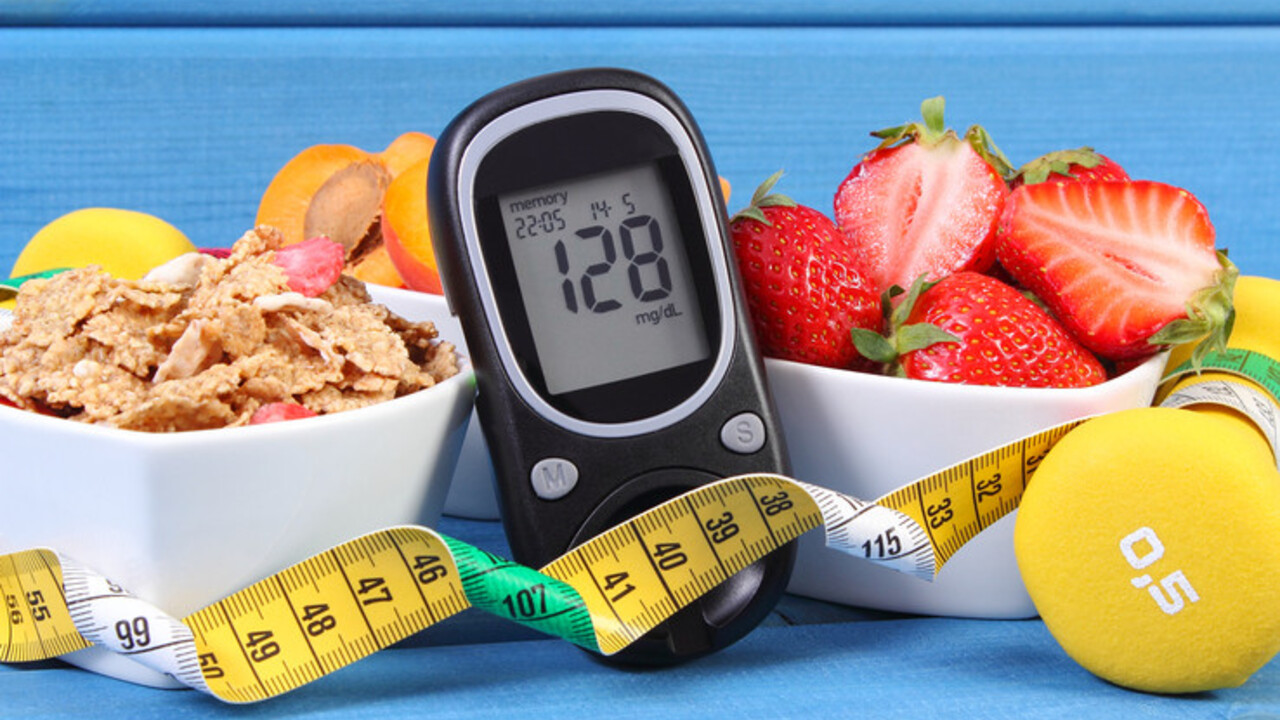Previously, scientists were able to prove that when a person cools down, glucose is excreted from their blood faster. Also, brown fat plays an important role in this. According to Adam Sellers, co-author of the new study, brown fat is a heating system inside the human body. And it’s a calorie-burning system.
Brown fat does its job while eating and cold. However, its effectiveness is less in people with obesity and diabetes, as well as in the elderly.
When a person is cold, brown fat can be activated in the human body. This fat burns energy and radiates heat to protect the body. The muscles may begin to contract or tremble mechanically as heat will be released. You can burn more calories and generate more heat by shaking.
The new study included 4 postmenopausal and overweight or obese women and 11 overweight or obese men. They were exposed to the cold for 10 days. The scientists eventually achieved that the participants were shaking for 60 minutes a day.
It turned out that with repeated colds in humans, the mean fasting plasma glucose concentration was significantly reduced (from 5.84 to 5.67 mmol / l) and glucose tolerance increased by 6%. In addition, fasting plasma concentrations of free fatty acids and triglycerides were decreased by 11% and 32%, respectively. These substances are believed to increase the likelihood of developing heart disease and contribute to the development of insulin resistance in humans. Repeated exposure to cold reduced systolic blood pressure by 10 mm Hg. Art and diastolic – 7 mm Hg. Art.
News cannot be equated with a doctor’s prescription. Consult an expert before making a decision.
Source: Ferra











